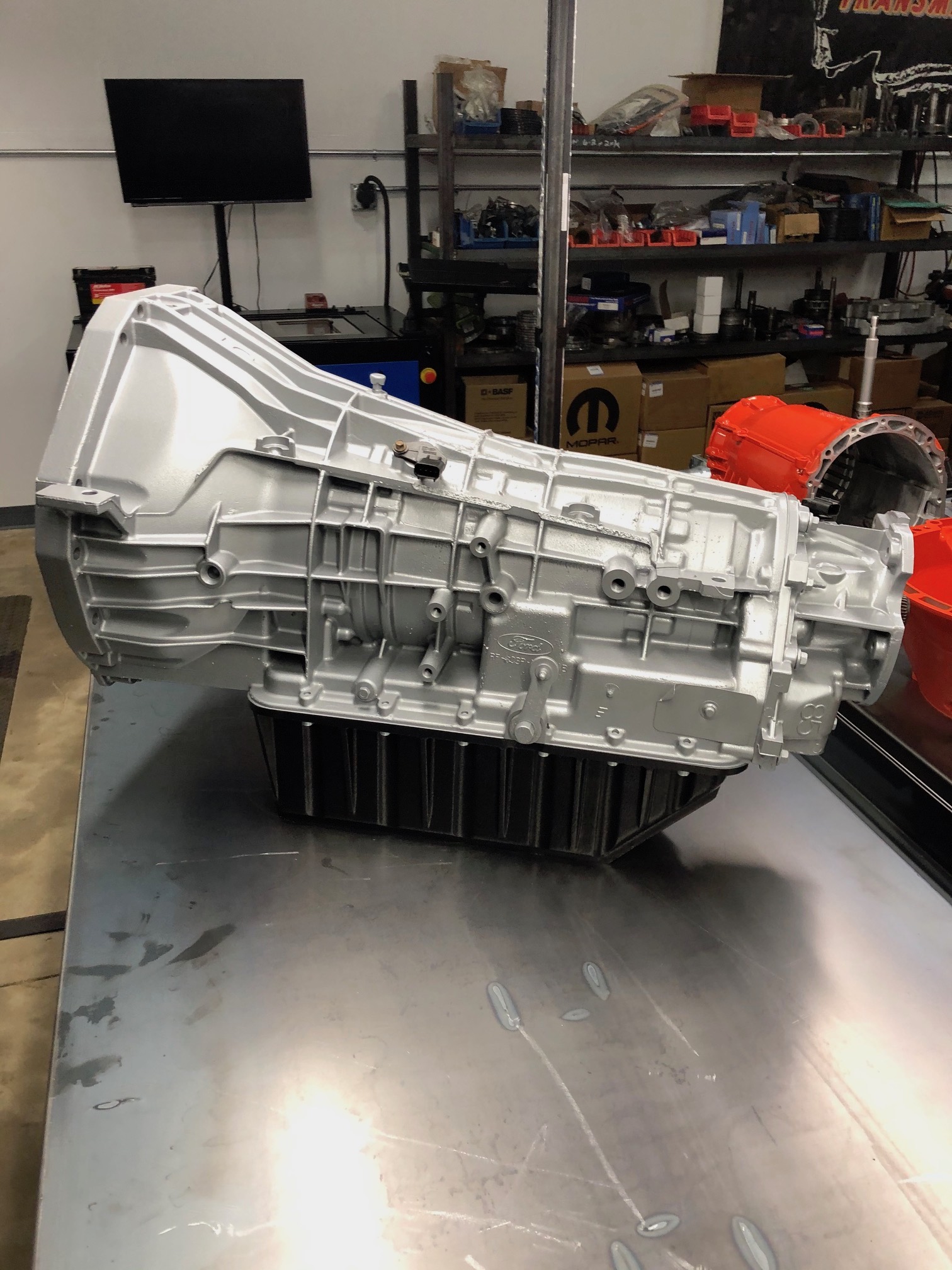
This provides significantly better coolant contact in the cylinder head temperature by as much as 10-20F. Reduces or eliminates bubbles or vapor barrier that form on hot metal surfaces to reduce coolant temperatures by up to 20°Ĭooling system heat transfer agent for use with antifreeze / water solutions Improves the ability of coolant to wet heat transfer surfaces by 50%. Unique agent for cooling systems that doubles the wetting ability of water. It's main purpose is to reduce Engine Running Temperatures and raise existing Antifreeze / Coolant boiling points. Important: RED LINE WaterWetter is a Coolant ADDITIVE and DOES NOT contain any Antifreeze. Atleast that's what the math tells me.RED LINE WaterWetter Special SUPER Coolant Additive - Diesel So, from an acceleration point of view, it's mostly better to rev high than to shift early. That gives us 1887.6Nm being transmitted to the wheels.Ģ400>1887.6 that means that upshifting at 4000rpm in first to second gear would still result in a major loss in power. To get torque transmitted to wheels, we'll multiply it by 1.95 and 4.4. At this rpm, we can assume that the engine is still making 220Nm. If we shift to 2nd at this point, we fall to a shade below 2300rpm. Multiplying that by 3.42 and 4.4 to account for gear multiplication to get torque transmitted to wheels we get about 2400Nm (ignoring transmission losses of course). That means it's making around 160Nm of torque. In first gear at 4000rpm, the engine is making 90ps of power. I can't remember what the exact gear ratios are on the i20 crdi are but i'll take the first and second to be 3.42 and 1.95 and the final drive to be 4.4 (those are from my vista, but they should be fairly accurate for the i20 as it's the rpm drop that's important and, IIRC that's pretty close between these cars) I'll give an example to explain why i think so. But i don't think that would give the best acceleration. I'll agree with you that might be the best way to enjoy a turbodiesel. I agree the best way to enjoy Diesels is to upshift early to keep it in peak torque zone.

It's out of peak torque zone but is still in power zone, remember most Diesels make most power upwards of 4k RPM. I have only two driving modes - minimum throttle mode for the best fe and high rev mode if i'm in a hurry and i spend a fair bit of time in both. Oh, are there any other specific things that i should look out for or need to be replaced more often? I don't consistently high rev the engine though. But now that my car's out of the primary warranty period, i could do that. Wanted to do so earlier but the service station had all sorts of weird issues with me getting my own oil. Call me weird but i absolutely love the roar! I'll change it to synthetic oil when i service my car next. So, if 4900rpm is going to damage my engine, 4500rpm shouldn't be much better right? Or am i missing something here?Ībout the fe - well, if i have to go fast, i should be able to pull all the 70horses that tata claims out of the engine, right?Ībout the noise - the tdi is noisy as it is but it absolutely roars when revved. Pardon my ignorance, but why is it okay to shift at peak power point as long as i'm not redlining it? AFAIK, the only thing that happens at redline is the fuel cut off. Oh, and on my vista tdi, max power is made it 4500rpm and that holds till 4600rpm after which it drops of rapidly towards the 4900rpm redline. Actually i can't even see why manufacturers are going in for these large bore, short stroke high revving engines even when they are catering to non-enthusiasts as that compromises low rpm torque when they know low and mid range rpms are where 90% of cars spend 90% of their time. Revving engine if it's going to blow up if you rev it high. I can't see why a manufacturer would want to design a high So, am i killing my engine? If yes, what would i have to get replaced/fixed/checked up? The red line is at 4800 or 4900 rpm - atleast that's as high as the engine goes in 1st and the parallax error due to the central instrument pod and the tiny tach makes an accurate reading to get.ugh.Īnd if i shift consistently like this, my city fe drops from 14.5 to 11.5! And I've gotten variations in my highway fe from 15 all the way to 21. I hold it a little higher during the 1-2 shift and the 2-3 shift as the ratio drop is so high and then the 3-4 shift at just over 4500 at 100kph.

So, if i'm in a hurry, i tend to hold the gear till atleast 4500. This means that upshifting before 4500rpm has no performance benefits as the gear multiplication of torque outweighs any benefits of being near the torque peak of the rpm band (except maybe a little earlier the 4-5th shift - which, being around 140kph, is rather pointless) It makes at 135Nm at 2500rpm and 110.8Nm at 4500rpm (going by manufacturer's values). I have a tata indica vista tdi and there's an annoying amount of turbo lag.


 0 kommentar(er)
0 kommentar(er)
